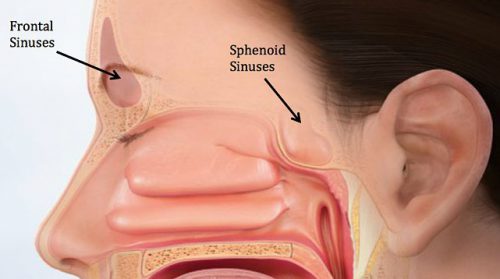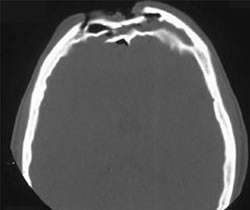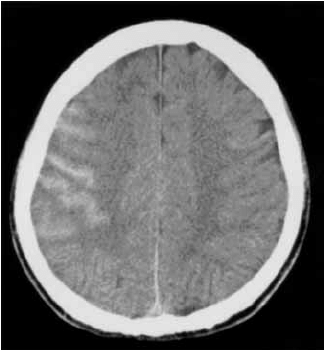One of the most common recommendations after a child or young adult sustains a mild TBI is to rest. And even better, brain rest. I’ve written about that topic several times over the years.
But what about physical rest? There is a large body of literature documenting the numerous mental and physical benefits of exercise. Couldn’t they also apply after concussive injury to the brain? A study published recently tried to determine if physical activity or lack of it after mild TBI was helpful in reducing the incidence of post-concussive symptoms.
This was a planned analysis of prospectively collected data from nine research network hospital emergency departments in Canada. Children from age 5 through 17 were enrolled if they had received a concussion within 48 hours of the ED visit, as defined by the 2012 Zurich consensus. They were excluded if they had a positive head CT, GCS < 14, or pre-existing cognitive deficits.
Initial research data was collected during the ED visit, and followup phone calls were made by the research team at 7 and 28 days. They asked about self-reported level of physical activity on day 7, and post-concussive symptoms and their change over time on days 7 and 28.
Here are the factoids:
- Of 3063 patients enrolled, 84% completed the ED assessment. 171 were excluded because they could not be contacted for the activity assessment on day 7.
- Post-concussive symptoms were present in 30% of these children overall
- 70% participated in physical activity during the first week: 32% light aerobic, 9% sport-specific, 6% non-contact drills, 4% full-contact practice, and 18% full competition (ignoring doctor’s orders?)
- Overall, early activity was associated with a lower risk of post-concussive symptoms (25% vs 44%)
- In patients who were symptomatic at day 7, symptoms were decreased at 28 days in patients who engaged in light aerobic activity, moderate activity, and even full-contact activity
Bottom line: This was a well designed study, but obviously with a number of limitations. Physical activity was self-reported, there may have been other factors that could not be controlled, and the study did not inquire about activity between days 7 and 28.
But this study appears to suggest that, like in most other areas, exercise is good. Even for the brain recovering from a concussion. Obviously, a really good randomized study would be the gold standard, but I doubt that will be done anytime soon. Trauma professionals may want to consider a cautious return to light to moderate activity as soon as the child feels well enough. But keep in mind that, in general, the onset of fatigue is a good indicator that it is time to stop activity and rest. And full contact should probably be avoided, especially because of the risk of re-injury.
Related posts:
- Brain rest / cognitive rest???
- Return to baseline after concussion
- The 2012 Zurich consensus on concussion
Reference: Association between early participation in physical activity following acute concussion and persistent postconcussive symptoms in children and adolescents. JAMA 316(23):2504-2514, 2016.




